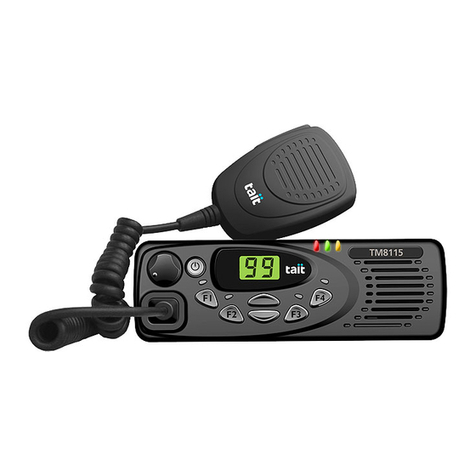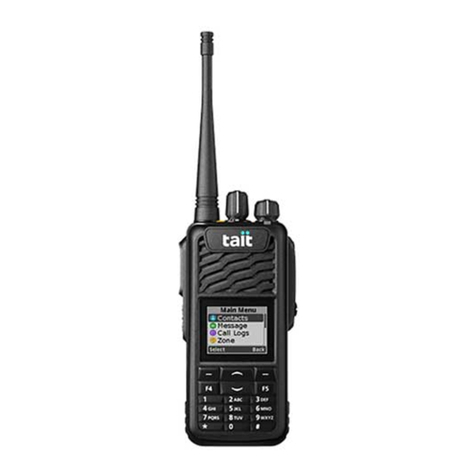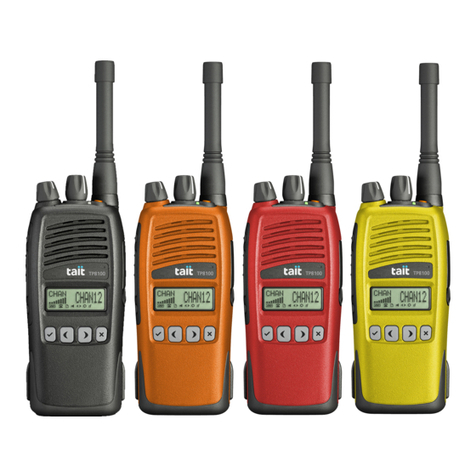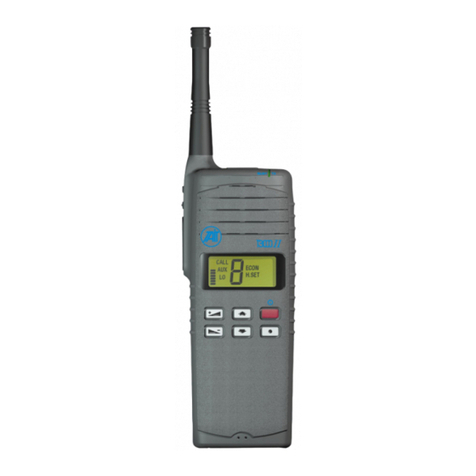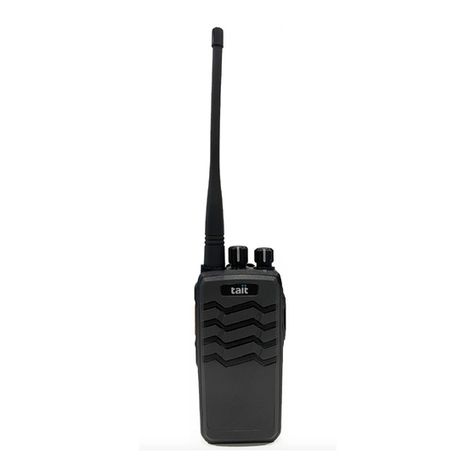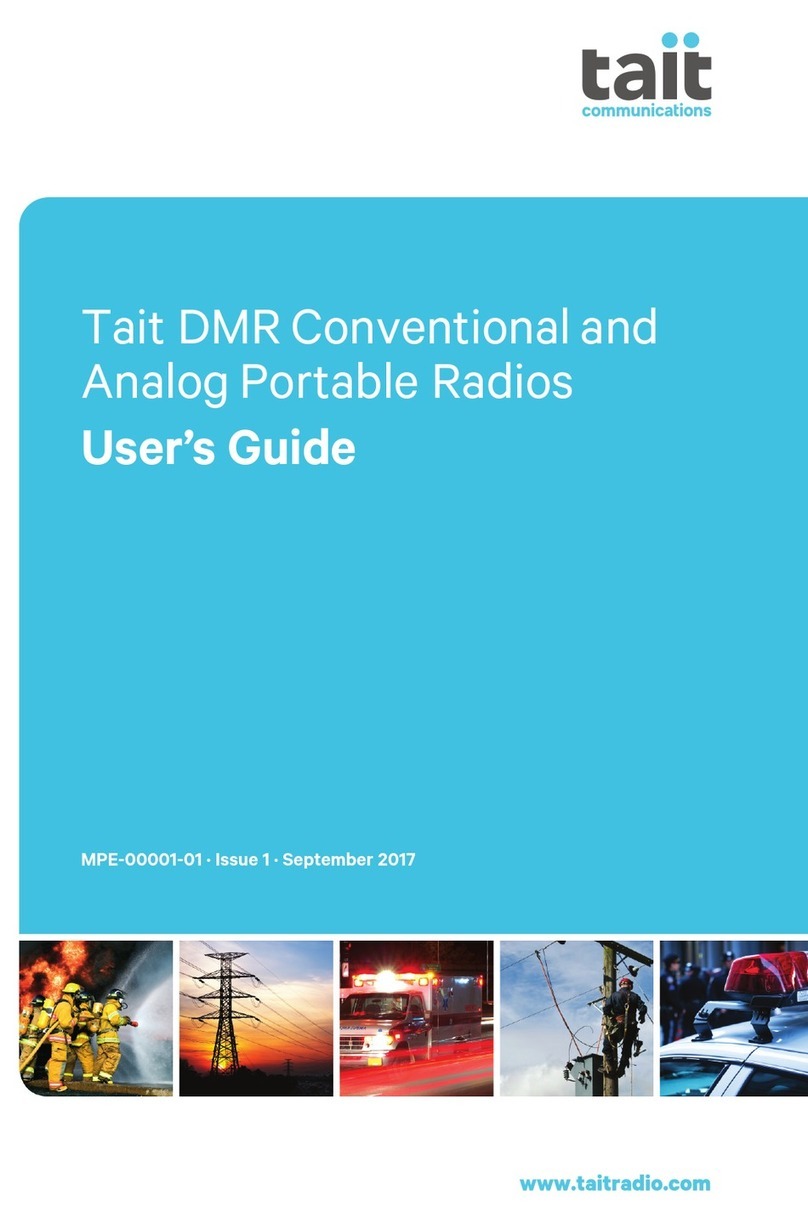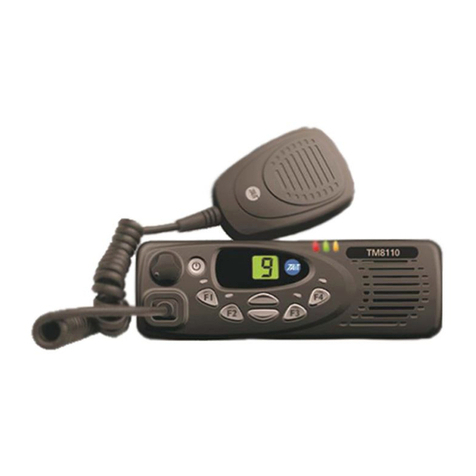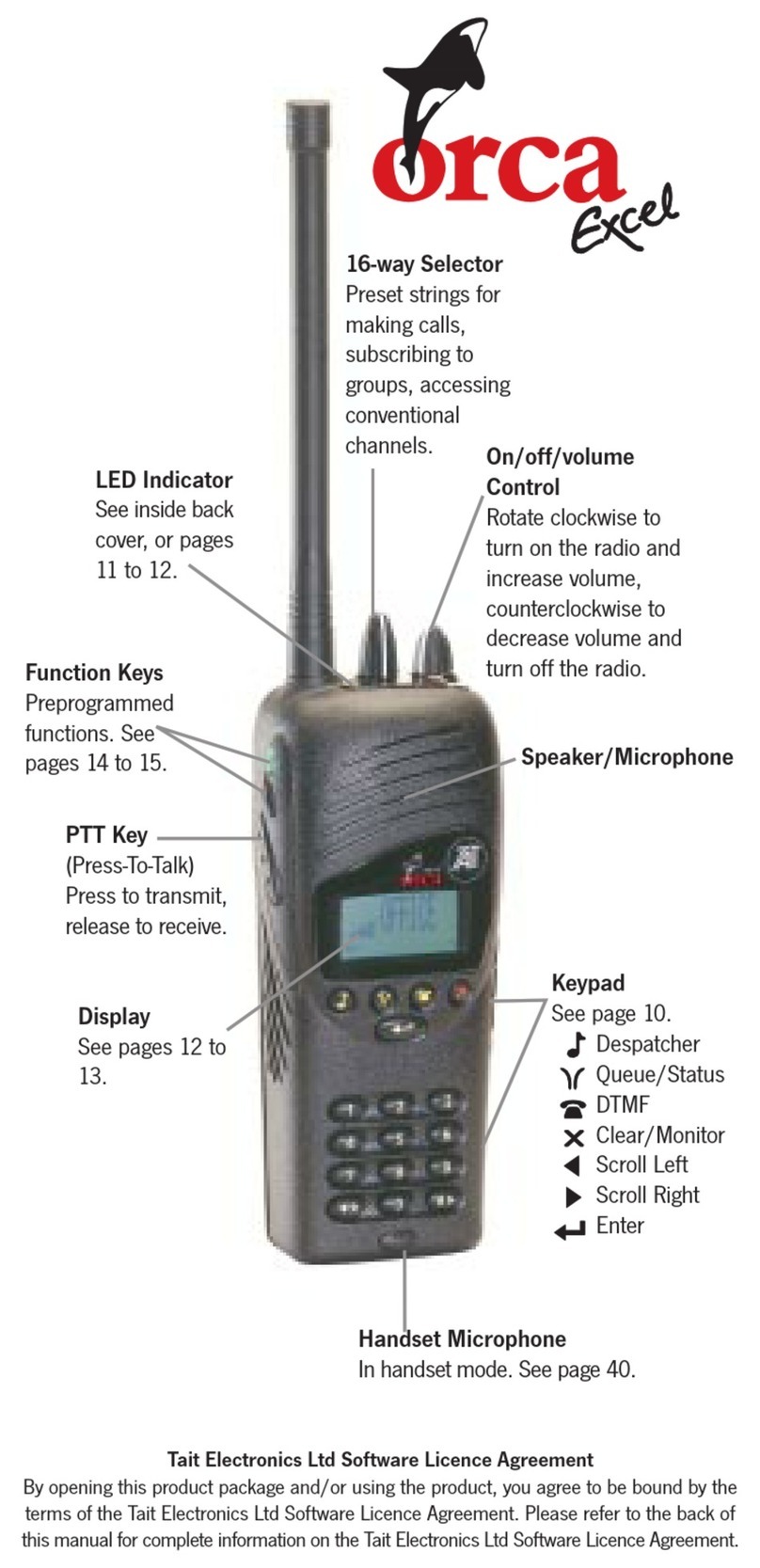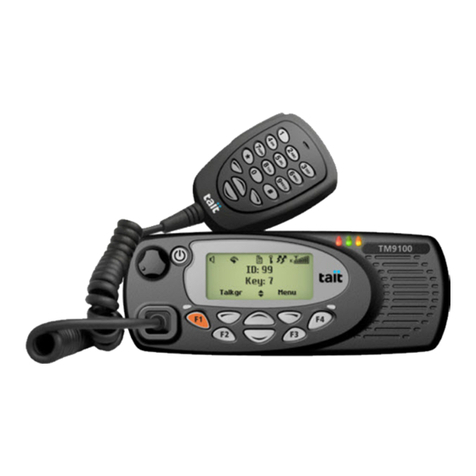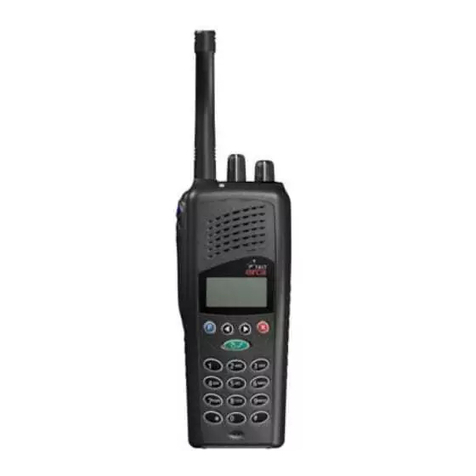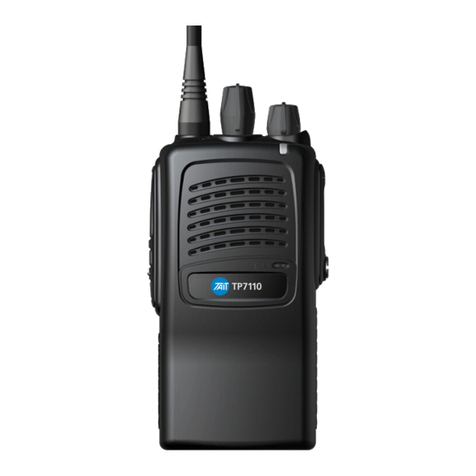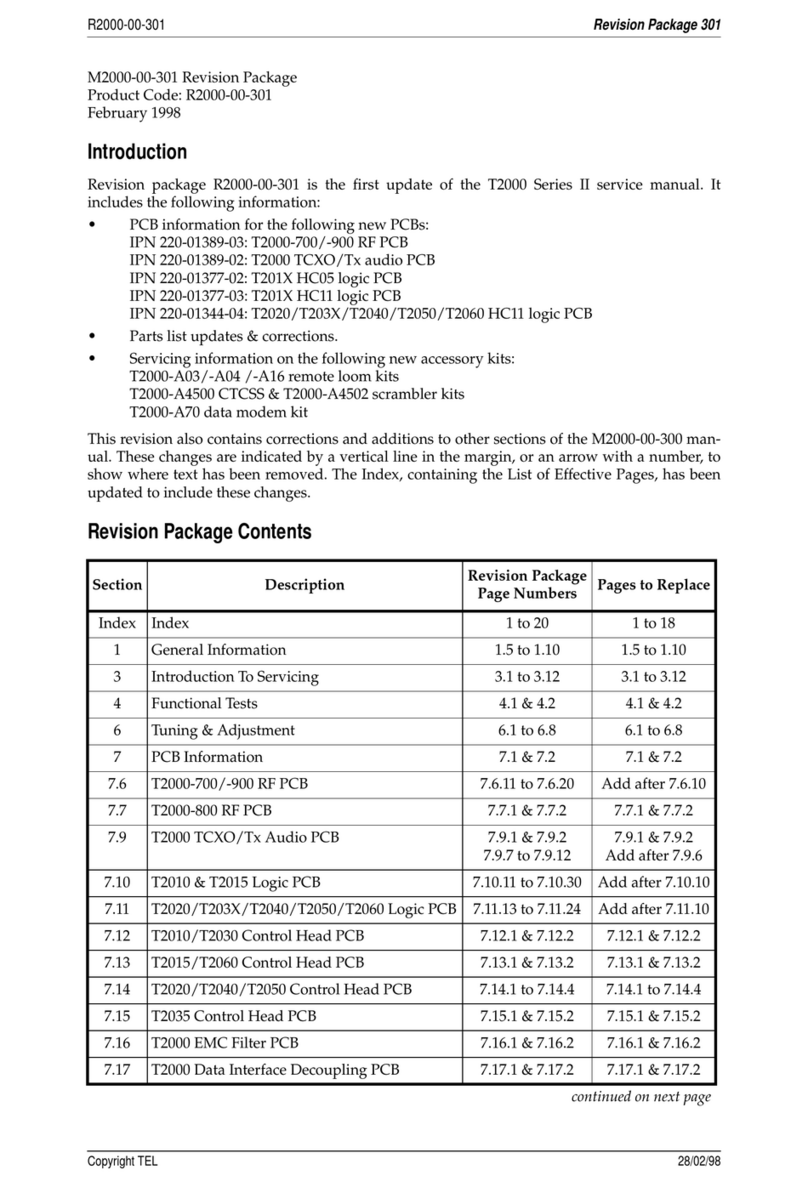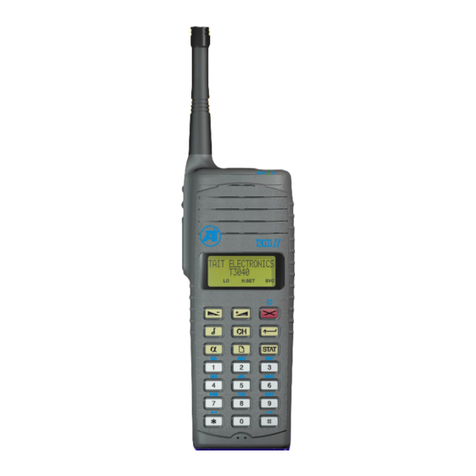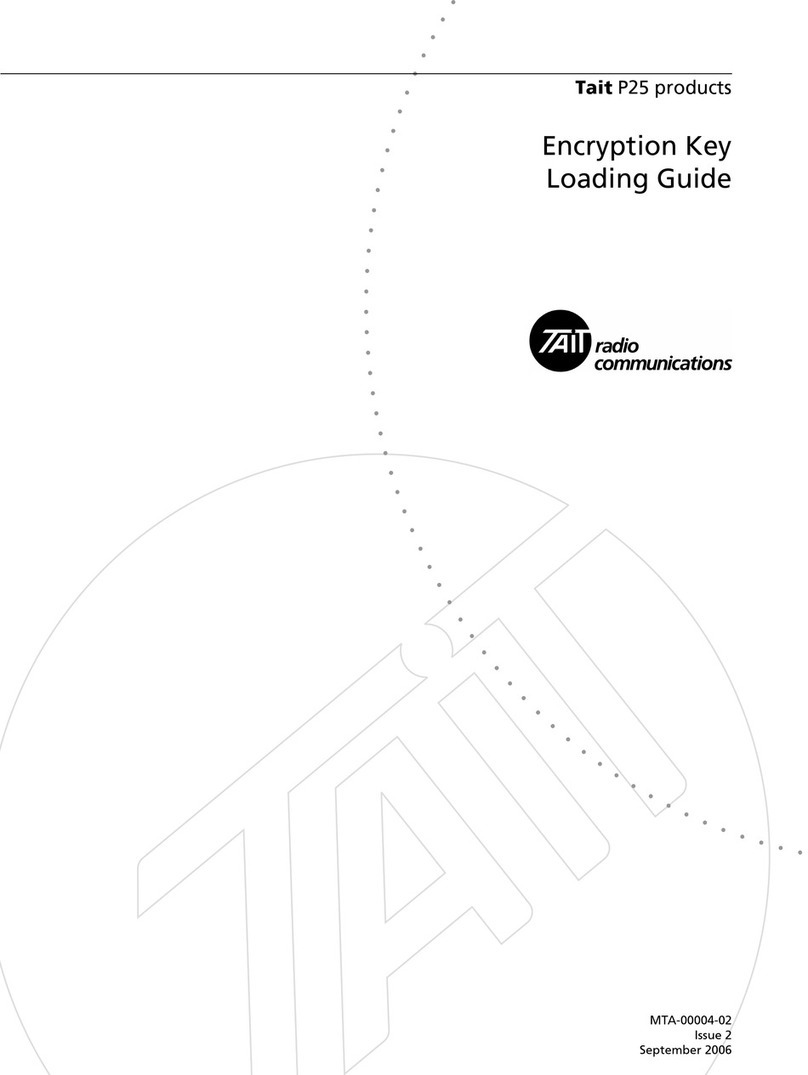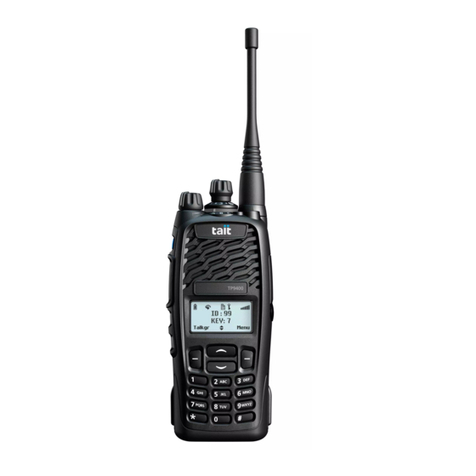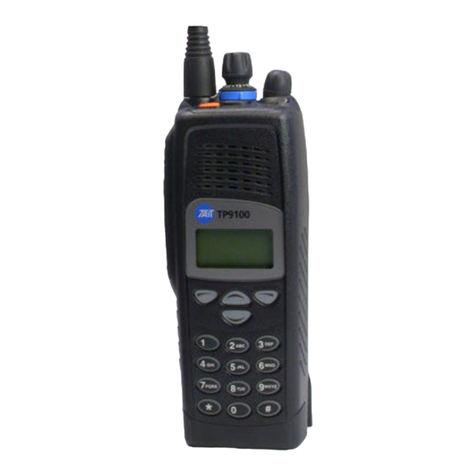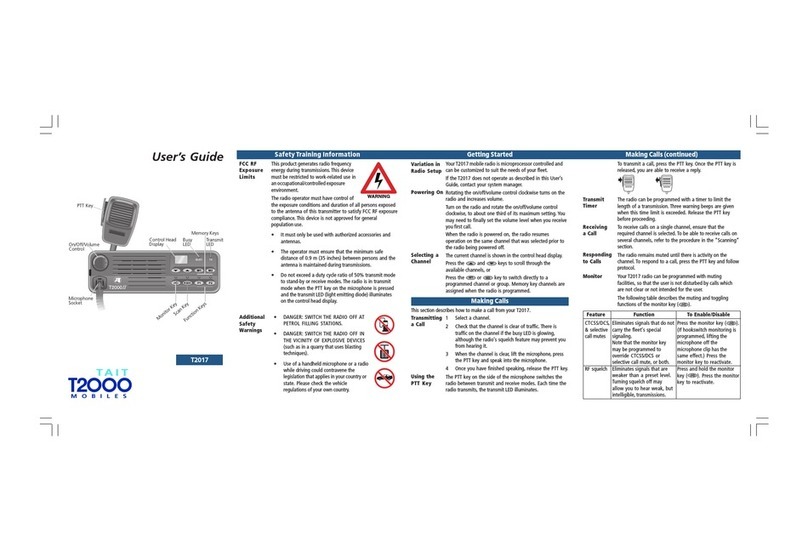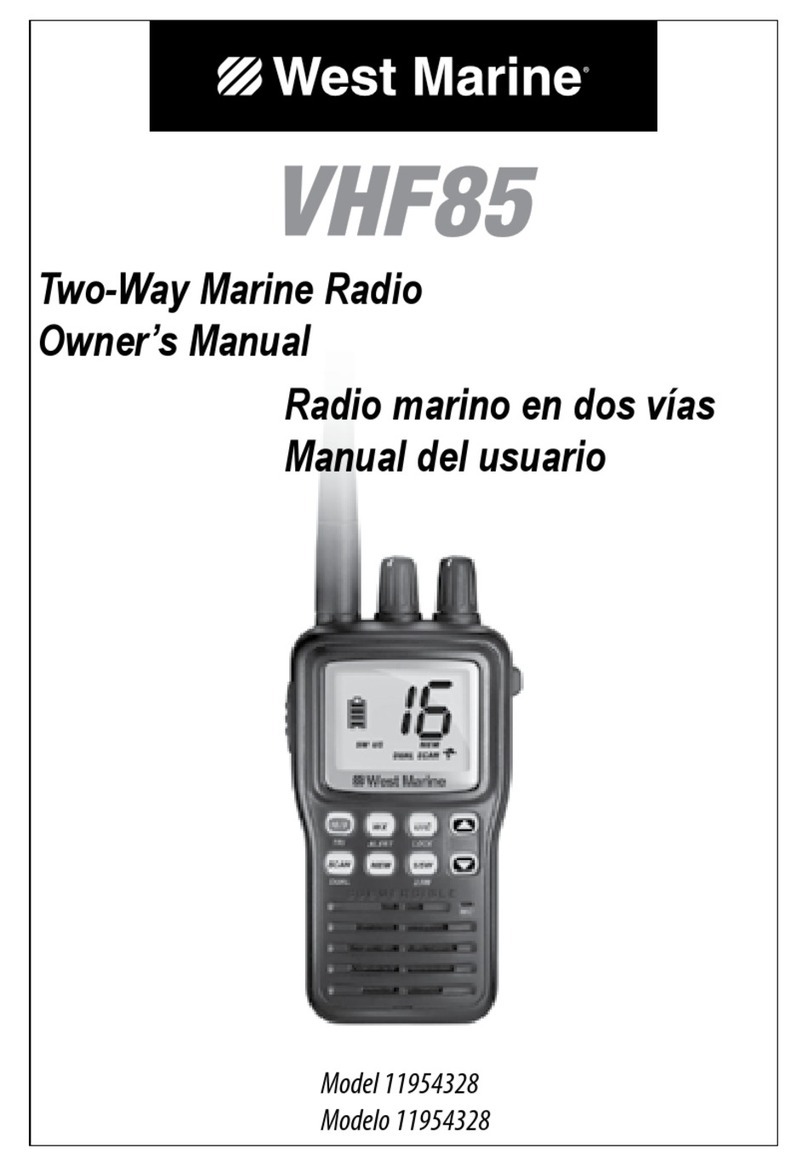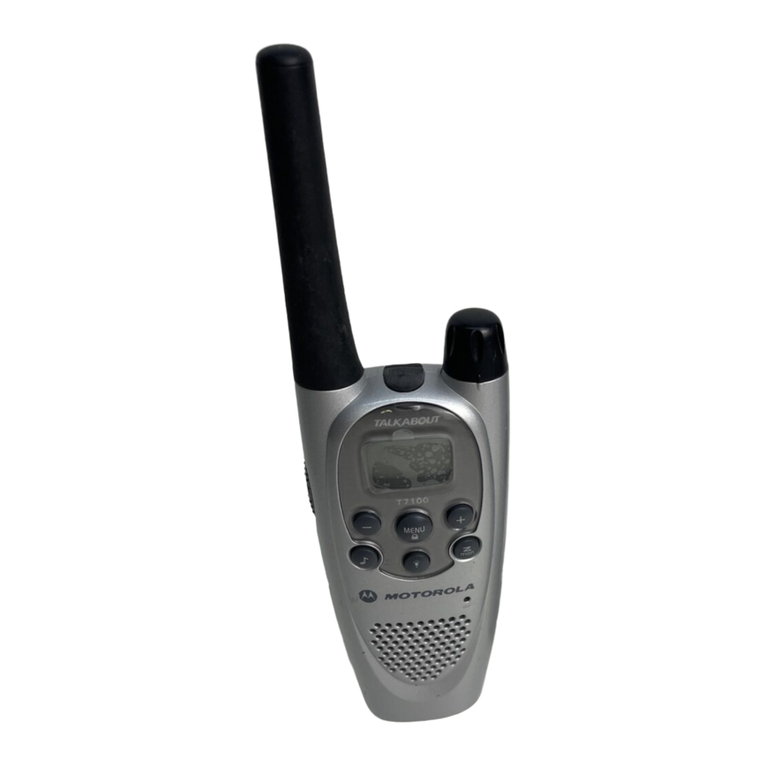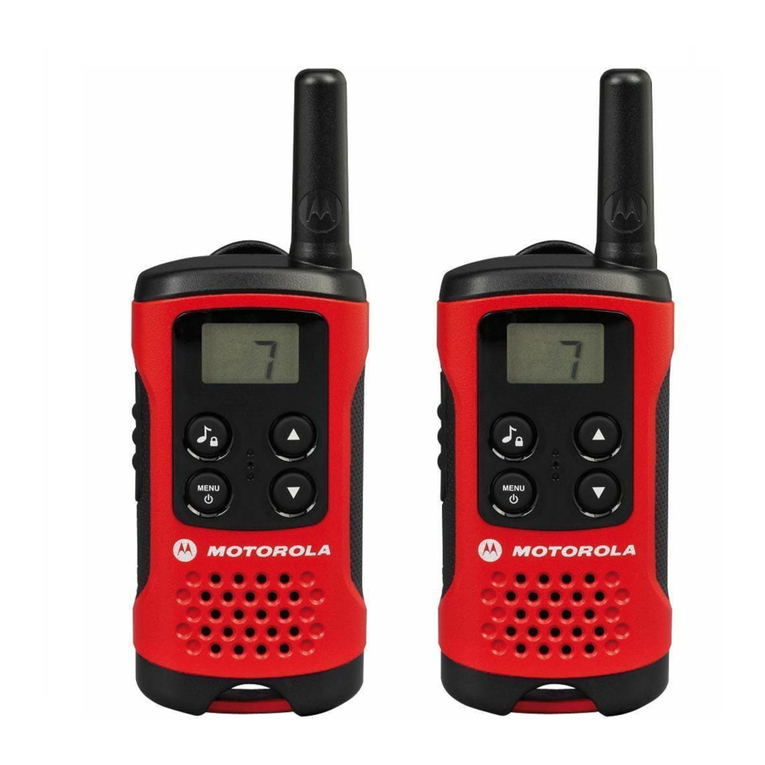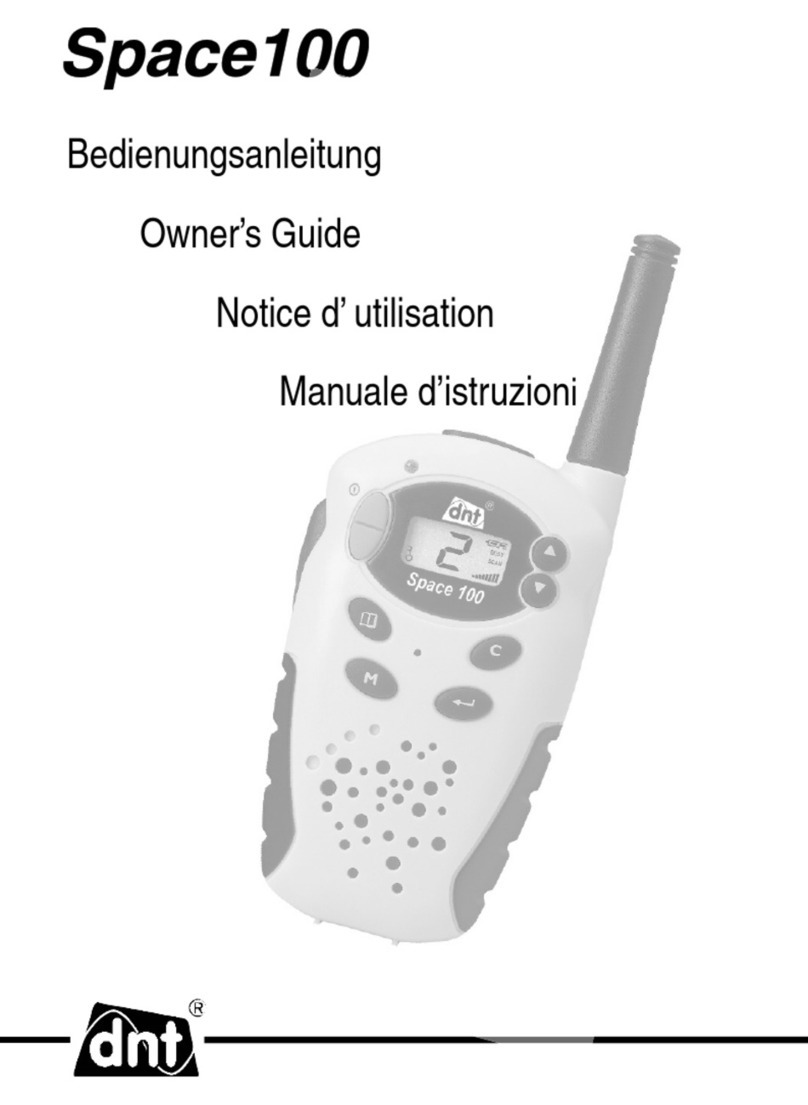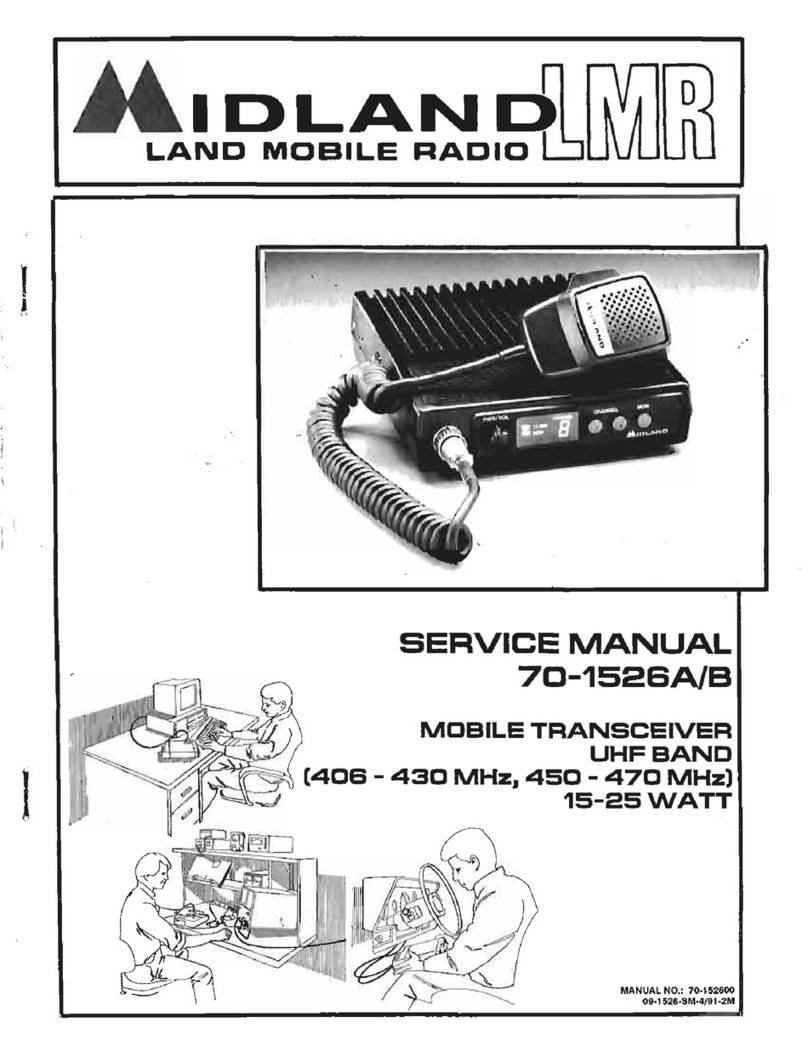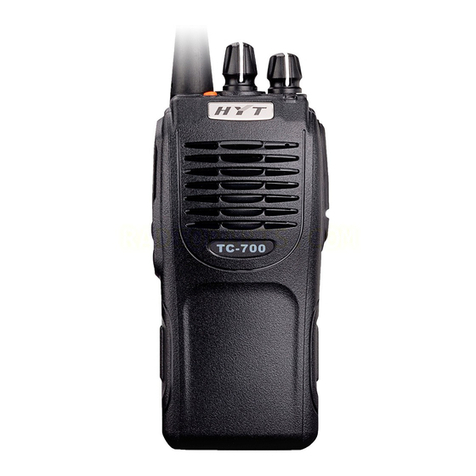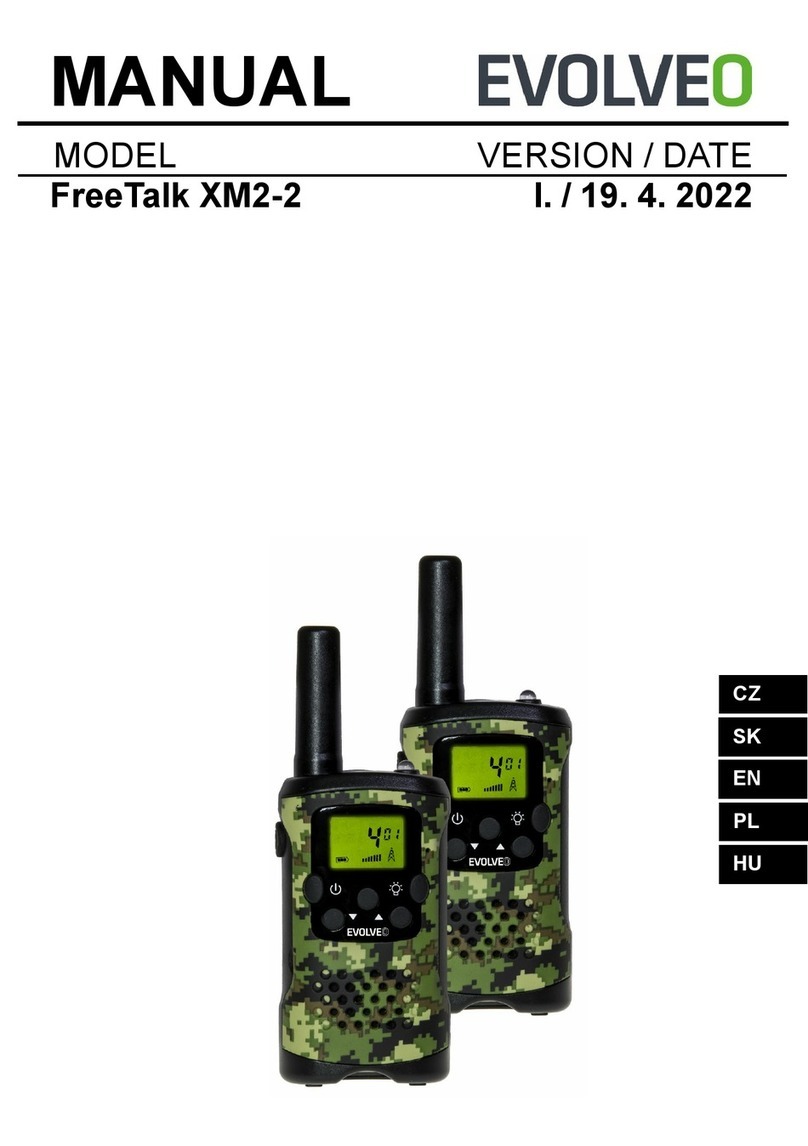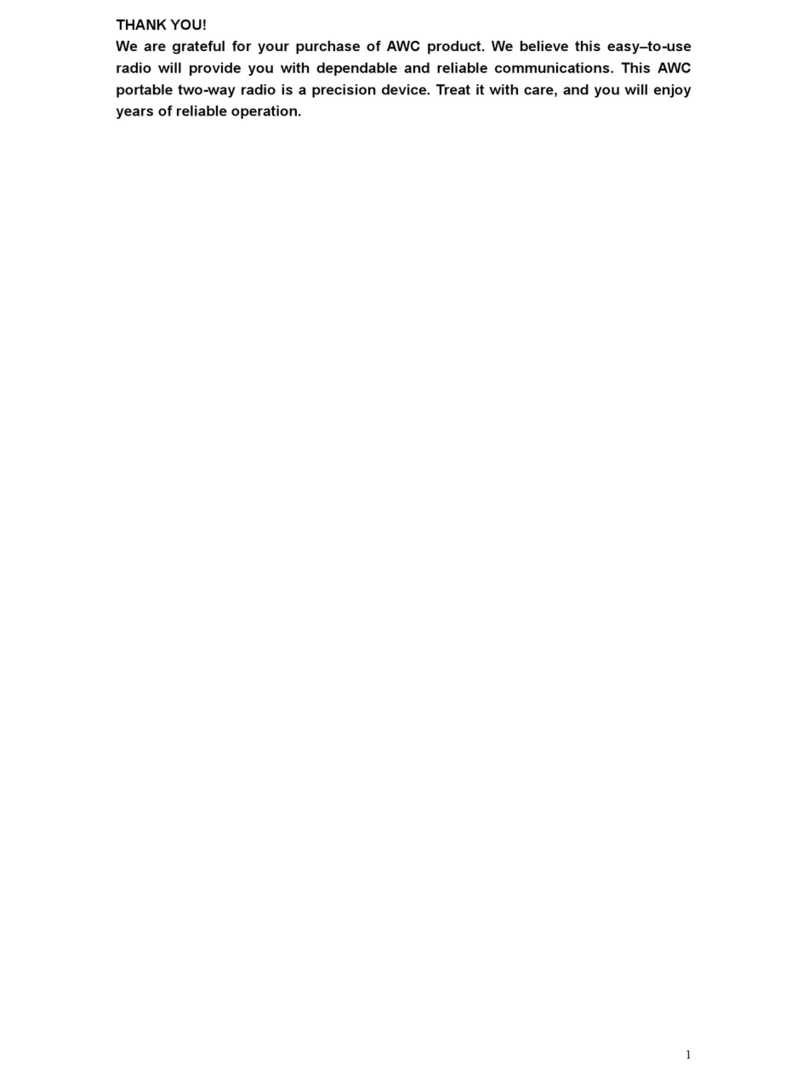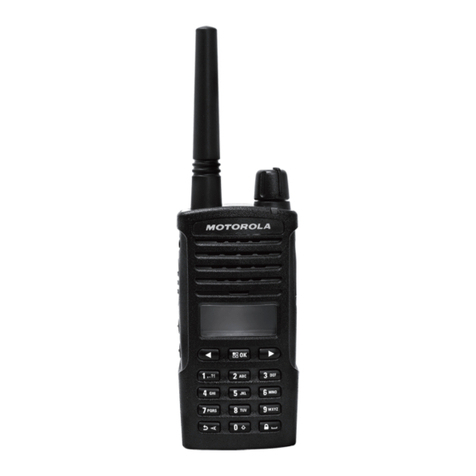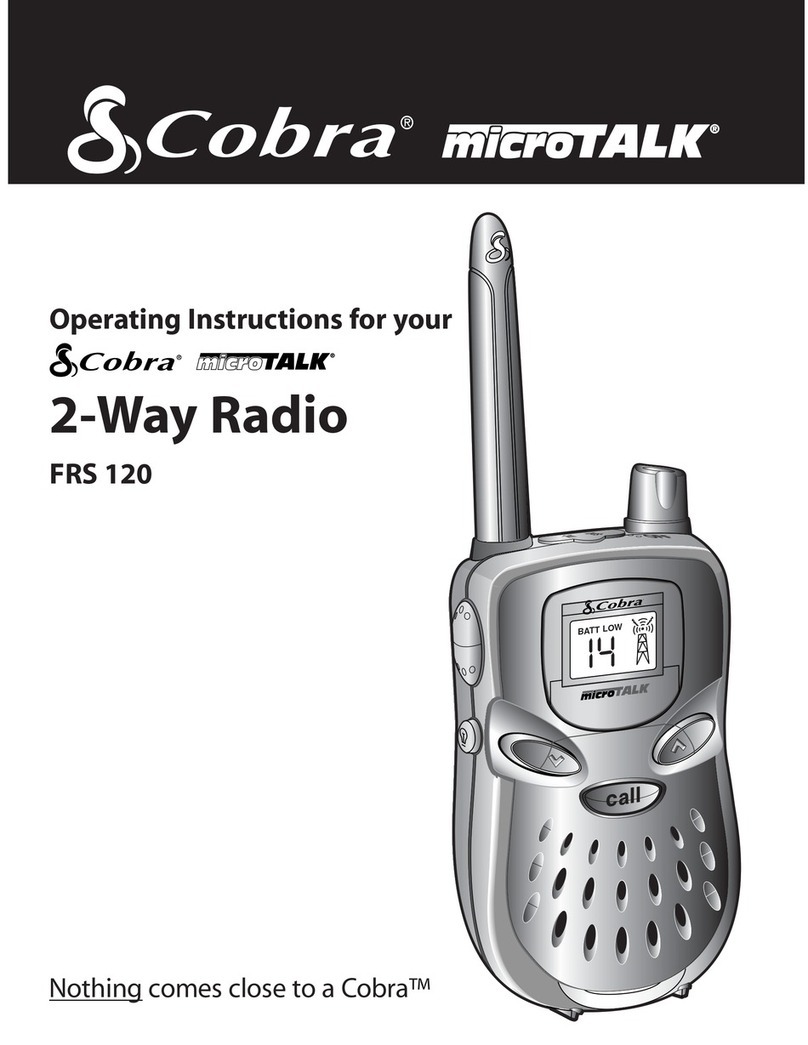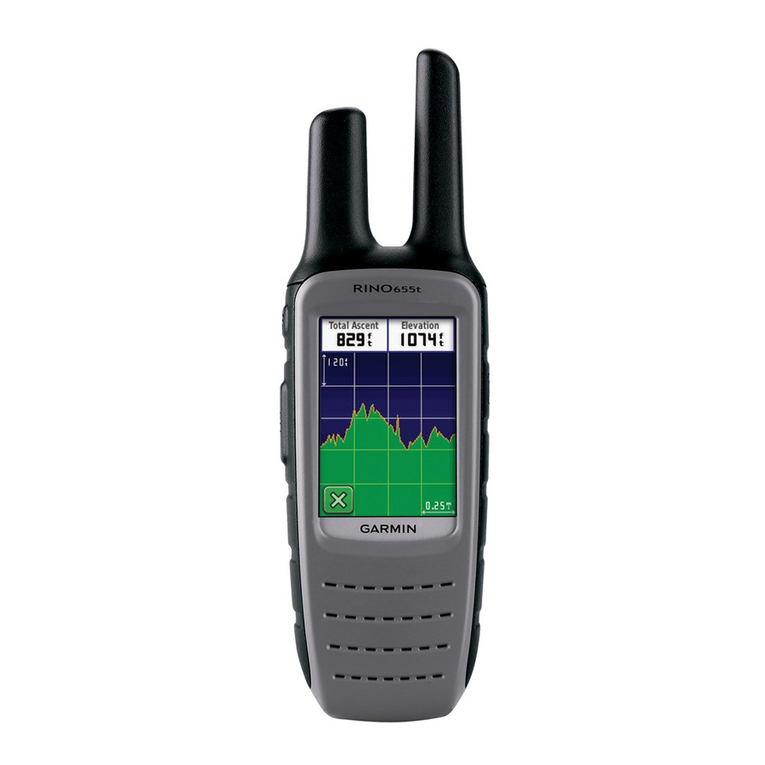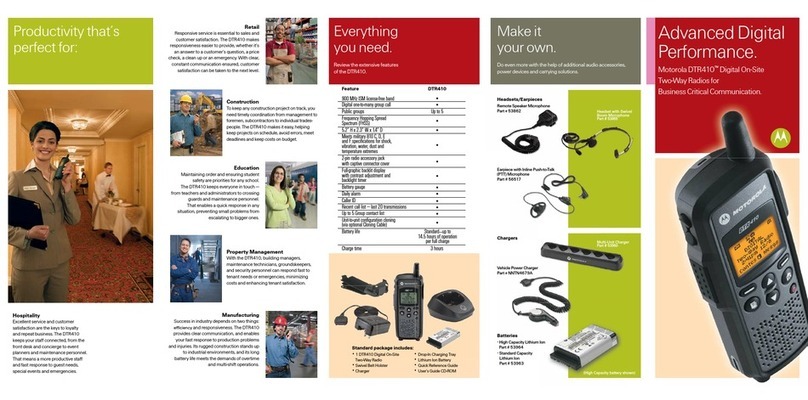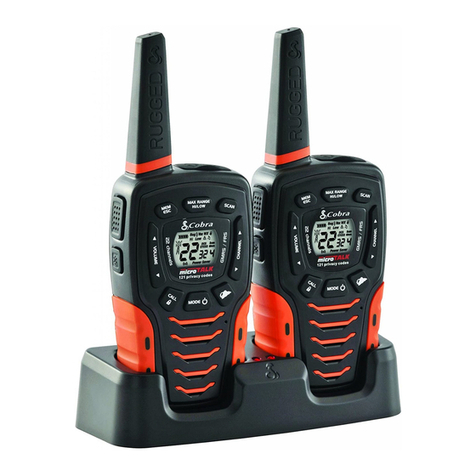
5
Copyright and trademarks
All information contained in this document is the property of
Tait International Limited. All rights reserved. This document
may not, in whole or in part, be copied, photocopied,
reproduced, translated, stored, or reduced to any electronic
medium or machine-readable form, without prior written
permission from Tait International Limited.
The word TAIT and the TAIT logo are trademarks of Tait
International Limited.
All trade names referenced are the service mark, trademark
or registered trademark of the respective manufacturers.
Disclaimer
There are no warranties extended or granted by this
document. Tait International Limited accepts no responsibility
for damage arising from use of the information contained in
the document or of the equipment and software it describes.
It is the responsibility of the user to ensure that use of such
information, equipment and software complies with the laws,
rules and regulations of the applicable jurisdictions.
Enquiries and comments
If you have any enquiries regarding this document, or any
comments, suggestions and notifications of errors, please
contact your regional Tait office.
Updates of manual and equipment
In the interests of improving the performance, reliability or
servicing of the equipment, Tait International Limited reserves
the right to update the equipment or this document or both
without prior notice.
Intellectual property rights
This product may be protected by one or more patents or
designs of Tait International Limited together with their
international equivalents, pending patent or design
applications, and registered trade marks.
This product may also be made under license under one or
more of the following patents:
- US7203207, AU2004246135, CA2527142, GB2418107,
HK1082608, MY134526, US8306071
- US7339917, AU2004246136, CA2526926, GB2418812,
MY134217
- US7499441, AU2005262626, CA2570441, GB2430333,
JP4690397, NZ551231, KR100869043, RU2351080,
